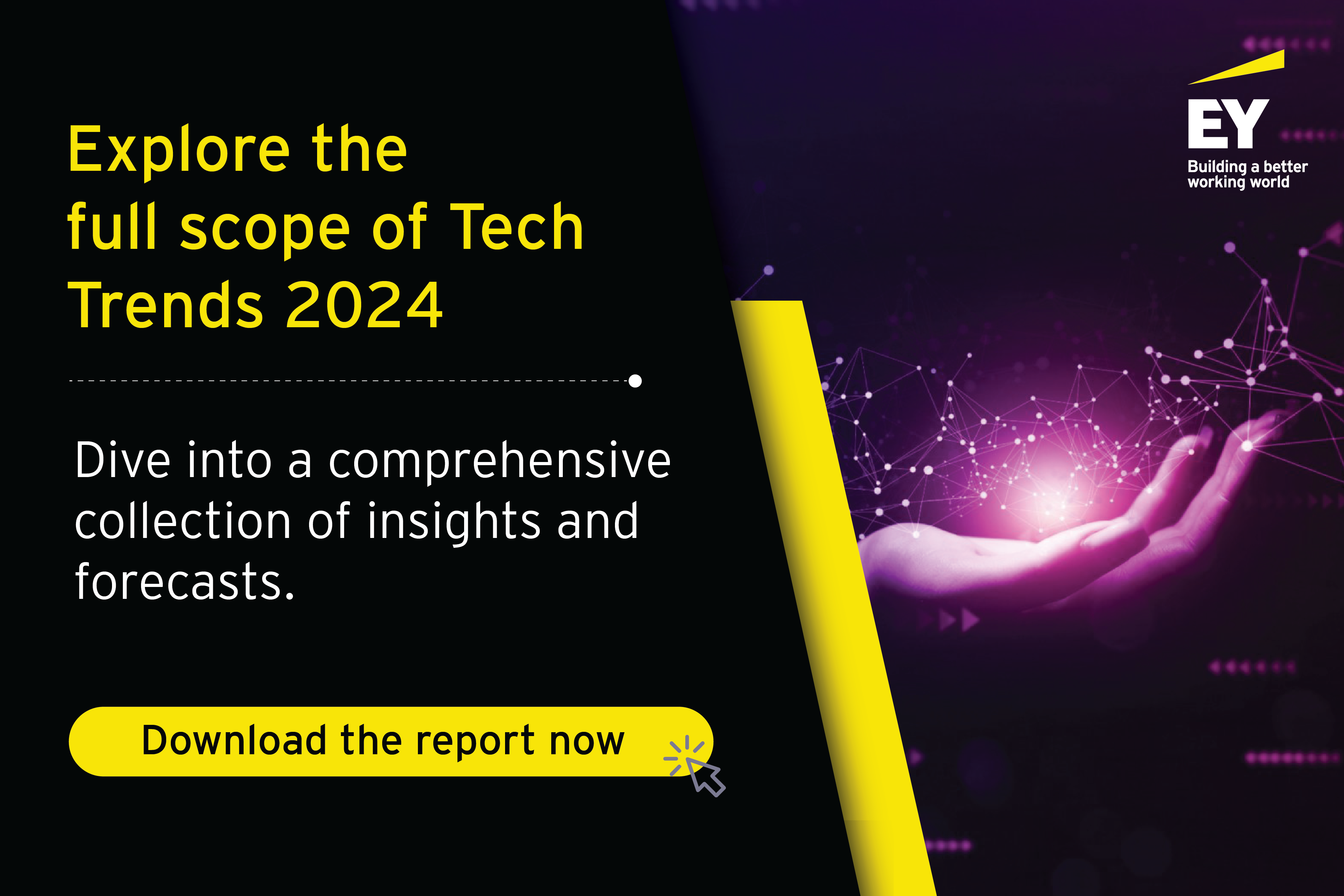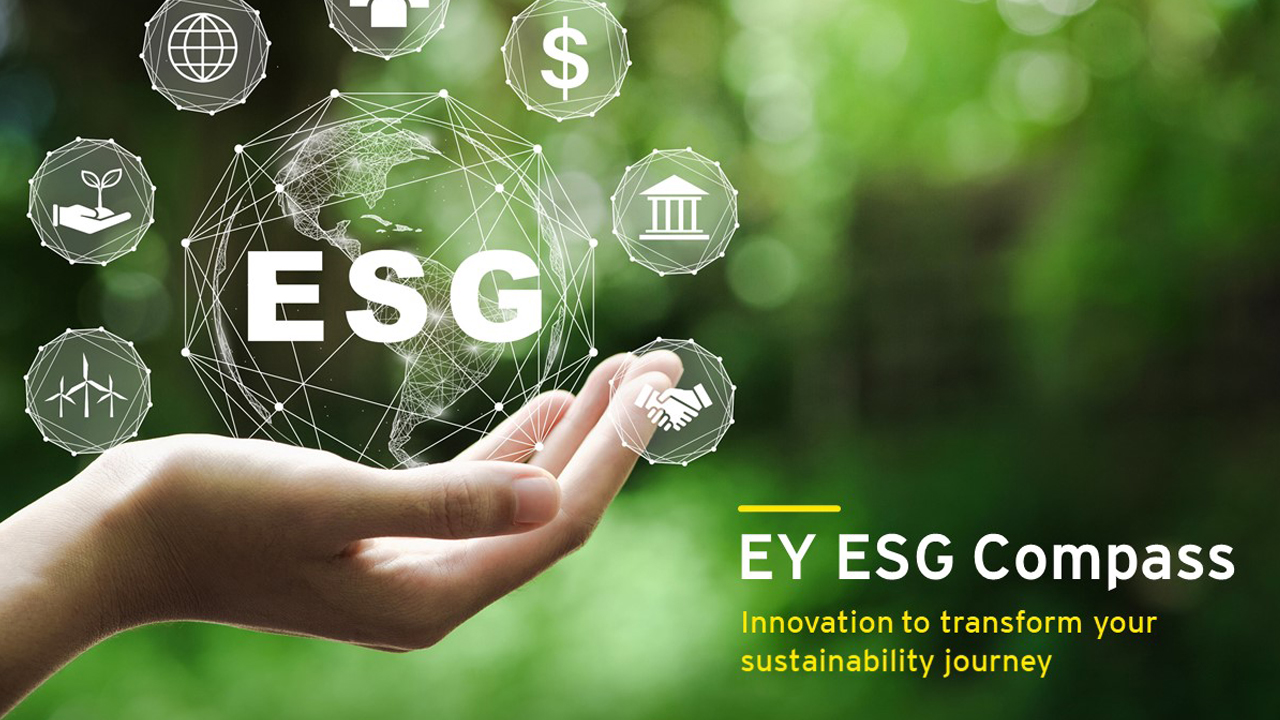Employing green coding practices
A significant challenge in sustainable coding lies in poor coding standards and a lack of knowledge in green software development. First and foremost, companies should articulate a green strategy during software development that guides trade-offs and allows for flexibility. This strategy should also include creating new software standards that extend devices' lifecycles, thereby reducing total e-waste.
Developers should adopt application development practices, such as optimizing code, to minimize energy consumption and computation requirements. A thoughtful code base that applies pure functions and limits abstraction layers can reduce overall computation effort. Organizations can implement logic to clean, validate, and aggregate incoming data within the code base to avoid redundant tasks.
Choosing algorithms, programming languages, APIs, and libraries should consider their carbon emissions. Efficient algorithms with linear time complexity and compiled languages like C and C++ are preferable to energy-intensive interpretive languages like Python. For instance, Python takes up as much as 76 times more energy than C. Making AI greener involves developing and using less power-consuming ML models, creating reproducible code, and using specialized hardware optimized for AI workloads.
Monitoring real-time power consumption through dynamic code analysis is crucial for understanding the gaps between design choices and actual energy profiles. From a design perspective, the libraries chosen significantly influence energy efficiency. Organizations should challenge assumptions about end-user expectations and reduce file sizes of text, images, and videos during design.
While many aspects may be beyond the control of individual developers, organizations should embed these principles into their frameworks.
Sustainable architecture and workload management
Properly architecting applications’ energy consumption requires reducing the application footprint and designing with the right architecture. Efficient cache policies, minimized data exchange, and managing the lifecycle of stored data contribute to reducing energy consumption. Running applications in more efficient data centers, powered by recycled or renewable energy, further minimizes the overall carbon footprint.
Green coding principles also involve the intelligent orchestration of workloads. Embedded carbon poses a significant threat, and efficiently managing workloads reduces the need for new hardware. Developers can contribute by implementing instrumentation, measuring the carbon footprint during both application development and deployment, and monitoring real-time energy consumption to identify modules that can be optimized.
Writing energy-efficient software is challenging. It requires a shift in mindset for developers and designers. Achieving progress in sustainability needs action at multiple levels. While developers can reduce carbon emissions by implementing some of the best practises and being aware of the environmental impact of their choices, organizations can make environmental sustainability by having a green coding framework and evaluating its performance based on energy efficiency, alongside traditional parameters. Embracing green software development practices allows developers to make a significant contribution to environmental sustainability, reducing the carbon footprint of software solutions through optimized energy efficiency and resource management, sustainable development practices, and user education. Every step counts in this collective effort. Even single optimization can make a significant impact on the environment.







